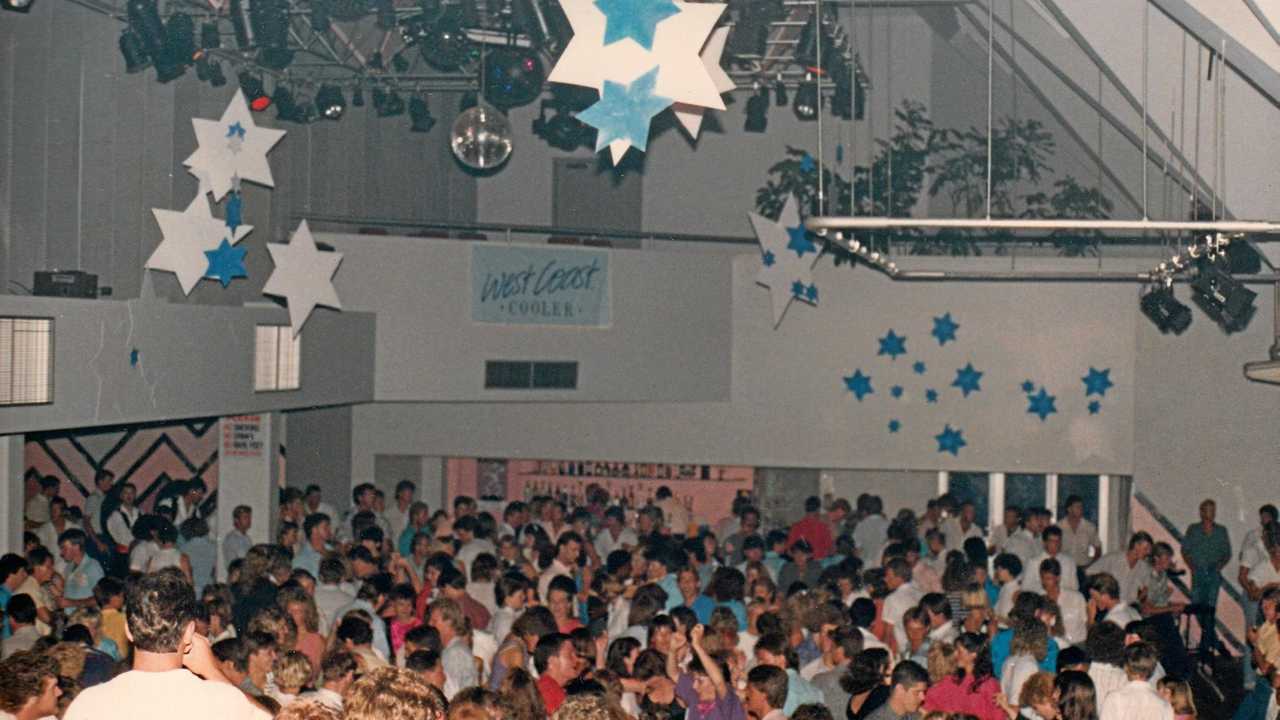There are no words for how good we had it!
Let's start with this video/pictures courtesy of the Sunshine Coast Daily/Courier Mail and then start listing the live bands we saw here on the Coast weekly! Sadly developers have trashed this part of our history but they can't trash our treasured memories....
Click here to view The Galaxy (Chiffley's) at its peak!

This is a game we play with our friends....start listing all the cool bands you have seen on the coast in the 80s and 90s....I'll get you started with a few, and a lot of these are still going! You add yours in the comments! We always get to over 100!
- The Cult
- The Divinyls
- Hoodoo Gurus
- Painters and Dockers
- TISM
- Sunny Boys


